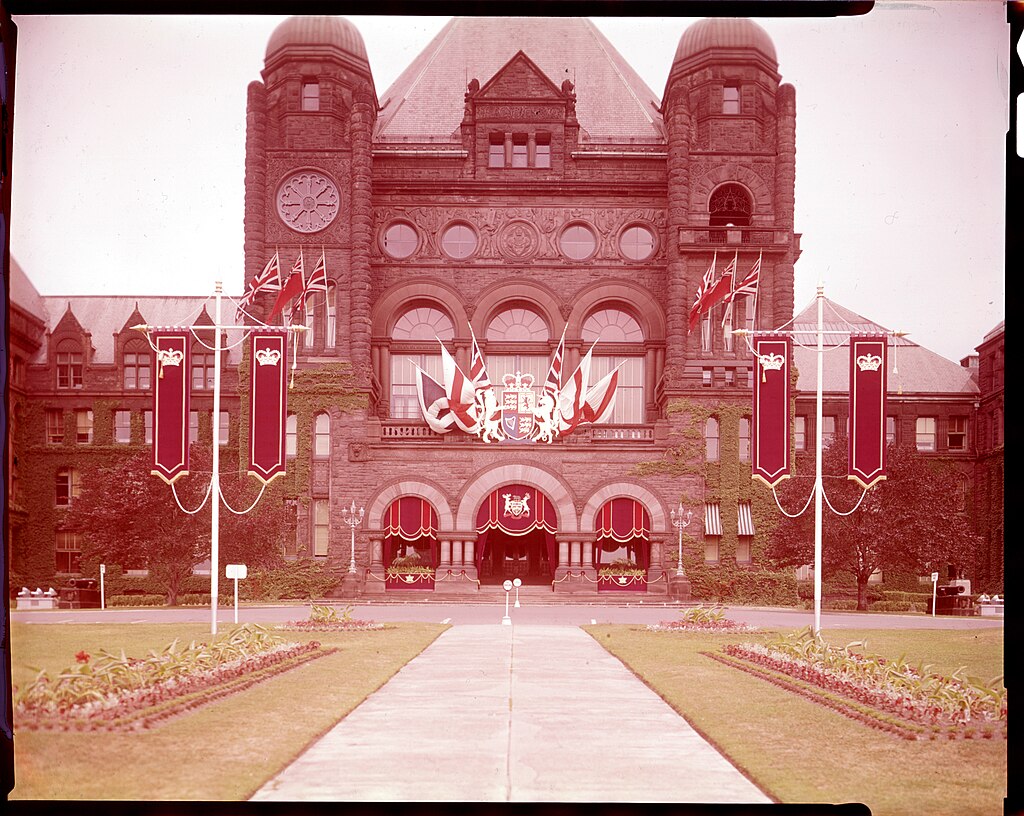
Building practicals are hands-on activities or exercises that provide learners, especially in construction and building technology fields, with real-world experience. These practicals are essential in bridging the gap between theoretical knowledge and actual construction work. They involve working with tools, materials, equipment, and structures in a controlled or real construction environment.
Key Components of Building Practicals:
1. Site Preparation
Clearing and leveling the land
Setting out using pegs and lines
Understanding building plans and layout
2. Foundation Work
Excavation for trenches
Mixing and pouring concrete
Setting reinforcement bars (rebar)
Laying foundation blocks or stones
3. Masonry Work
Laying bricks or blocks
Mortar preparation and application
Wall bonding and alignment
Reinforced masonry techniques
4. Carpentry and Joinery
Making formwork for concrete
Roof truss fabrication and fixing
Door and window frame installation
5. Concrete Work
Mixing concrete (by hand or machine)
Pouring slabs, columns, beams
Curing methods
6. Plastering and Finishing
Internal and external plastering
Skimming and screeding
Wall rendering
7. Painting and Decoration
Surface preparation
Paint mixing and application
Use of brushes, rollers, and spray techniques
8. Plumbing and Electrical Installations (Basic)
Laying pipes and conduits
Installing taps, sinks, and wiring points
Testing for leaks and continuity
Importance of Building Practicals:
Skill development: Enhances hands-on ability and craftsmanship.
Safety training: Promotes knowledge of construction site safety protocols.
Problem-solving: Encourages innovative solutions to site challenges.
Confidence building: Boosts readiness for real job sites and employment.
Understanding standards: Familiarizes learners with local building codes and best practices.
Tools and Equipment Used:
Trowels, hammers, spirit levels, plumb lines
Measuring tapes and rulers
Concrete mixers, wheelbarrows
Safety gear (helmets, boots, gloves)
Conclusion
Building practicals are a critical part of construction education. They help students gain practical skills, apply theoretical concepts and prepare for careers in building and civil engineering by working in simulated or actual site environments.
- Teacher: KIPKURUI GIDION


